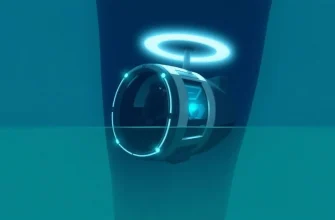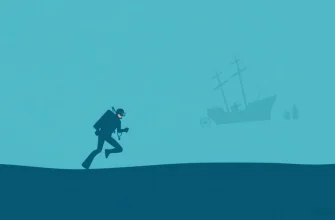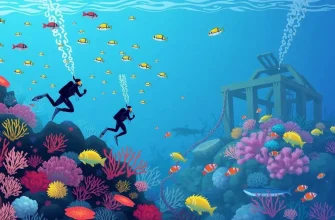Dive into the mysterious and often perilous world of underwater laboratories with this curated list of 9 films. These movies not only showcase the technological marvels of underwater habitats but also delve into the human psyche when isolated in the depths of the ocean. From horror to sci-fi, these films offer a unique blend of suspense, adventure, and sometimes, a touch of the supernatural, making them perfect for those who love the thrill of the unknown.

The Abyss (1989)
Description: This James Cameron classic takes us to an underwater oil rig where a team must navigate not only the crushing pressure of the ocean but also mysterious alien encounters. The film's depiction of an underwater habitat is both realistic and awe-inspiring.
Fact: The film was shot in a specially constructed tank that held
 Watch Now
Watch Now 
DeepStar Six (1989)
Description: A group of scientists and military personnel at an underwater military base face a terrifying creature awakened by their drilling. The film's claustrophobic setting adds to the tension, making it a quintessential underwater horror.
Fact: This movie was released in the same year as "The Abyss" and "Leviathan," creating an unofficial underwater horror trilogy.
 Watch Now
Watch Now 
Leviathan (1989)
Description: Set in an underwater mining facility, this film explores the horrors that emerge when the crew encounters a mutated creature. The film's setting and creature design make it a memorable entry in the underwater horror genre.
Fact: The creature in the film was inspired by H.P. Lovecraft's works, particularly "The Shadow Over Innsmouth."
 Watch Now
Watch Now 
Sphere (1998)
Description: While not exclusively about an underwater lab, this film features a team exploring a mysterious spacecraft at the bottom of the ocean. The psychological tension and the concept of an underwater habitat make it a fitting inclusion.
Fact: The film was based on Michael Crichton's novel of the same name, known for his scientific accuracy in storytelling.
 Watch Now
Watch Now 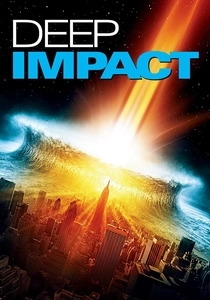
Deep Impact (1998)
Description: Although primarily a disaster movie, it includes scenes in an underwater habitat where scientists work to save humanity from an impending comet strike. The underwater sequences add a layer of suspense to the global catastrophe.
Fact: The film was released in the same year as "Armageddon," leading to comparisons between the two comet/asteroid disaster films.
 Watch Now
Watch Now 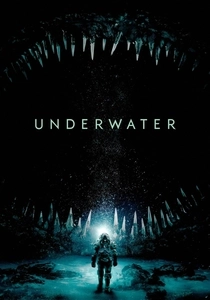
Underwater (2020)
Description: A modern take on the underwater horror theme, where a crew at an underwater drilling station must survive after an earthquake unleashes unknown dangers. The film's use of modern technology and design makes it visually stunning.
Fact: The film was originally planned as a direct adaptation of "The Abyss" but evolved into its own story.
 Watch Now
Watch Now 
The Undersea World of Jacques Cousteau: The Silent World (1956)
Description: While not a narrative film, this documentary series by Jacques Cousteau includes episodes where he explores underwater habitats, providing a real-life perspective on the underwater world.
Fact: This series won the Palme d'Or at the Cannes Film Festival in 1956, making it the first documentary to win this prestigious award.
 30 Days Free
30 Days Free 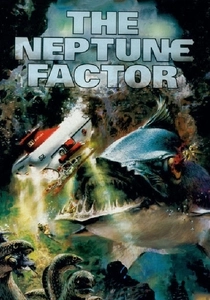
The Neptune Factor (1973)
Description: An early example of underwater lab movies, where a team must rescue colleagues trapped in an underwater station. The film's use of real underwater footage adds authenticity to the setting.
Fact: This was one of the first films to use actual underwater photography extensively.
 30 Days Free
30 Days Free 
The Rift (1990)
Description: A submarine crew investigates an underwater lab that has gone silent, only to find themselves in a nightmare scenario. The film's blend of sci-fi and horror elements makes it a unique entry in the genre.
Fact: The film was also known as "Endless Descent" in some markets.
 30 Days Free
30 Days Free 


